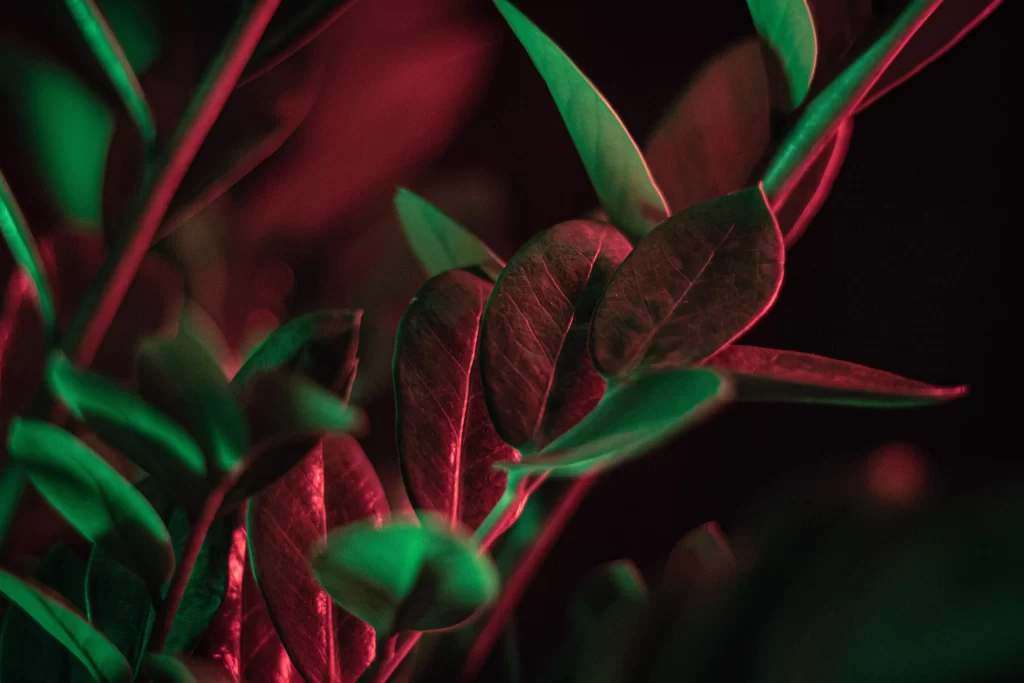
The ZZ plant, scientifically known as Zamioculcas Zamiifolia, has gained popularity as a houseplant due to its attractive glossy, dark green leaves and ability to thrive in low light conditions. There are several methods available for propagating ZZ plants. Let’s explore some common approaches:
DIVISIONS
- When dividing a mature ZZ plant, start by selecting one with multiple rhizomes and a sufficient size for division. Carefully remove the plant from its pot, shaking off any excess soil gently.
- Next, identify the rhizomes and use a clean, sharp knife, or shears to separate them into individual sections.
- Each section should contain healthy rhizomes and at least one stem or leaf cluster. Lastly, plant each divided section in separate pots filled with well-draining soil, ensuring that the rhizomes are buried just below the surface.
- The newly potted sections should be watered and placed in a location that receives bright, indirect light. It is important to maintain the soil lightly moist but avoid overwatering.
LEAF CUTTINGS
- When making a clean cut, it is advisable to use a sharp knife or shears. Make sure to include a section of the leaf with its stem attached (petiole) by being mindful of precision in your technique.
- To prevent rotting, it is important to allow the cut end of the plant to dry for a few hours, which will help it form a callus. This process ensures better
- The cutting should be lightly watered, ensuring that the soil remains slightly damp without becoming overly saturated.

RHIZOME CUTTINGS:
- In this method, instead of using leaf cuttings, a section of the rhizome is taken. This approach bears resemblance to leaf cuttings but involves a different technique altogether.
- To ensure proper propagation, it is recommended to cut a section of the rhizome using a sharp and clean knife or shears. Each section should contain at least one bud or node for optimal growth.
- The rhizome section should be planted horizontally in the soil, ensuring it is buried just below the surface.
- Next, find a warm location with bright, indirect light to place the pot. It’s important to water the cutting lightly, maintaining slightly moist soil without overwatering it.
- After a few weeks, successful propagation can be determined by new growth emerging from the buried rhizome section.
Read: Unveiling the Hidden Dangers of ZZ Plants to Cats
WATER PROPAGATION
- The glass or jar should be filled with water, and then the leaf or leaflet should be placed in it. It is important to make sure that the bottom part of the leaf is fully submerged in the water.
- Once the roots have grown a few inches, gently transfer the cutting into a pot filled with well-draining soil.
- Be sure to bury the roots slightly below the surface for optimal growth.

AIR LAYERING
- To promote healing, one can apply a damp sphagnum moss or coco coir around the injured area.
- It should then be wrapped in plastic wrap to maintain moisture levels.
- Once the roots of the ZZ plant have firmly taken hold, carefully trim below the root formation before transferring it to its own container for planting.
When propagating ZZ plants, it is essential to provide appropriate care for their growth. This includes watering them regularly and ensuring they receive indirect light. Additionally, choose a suitable potting mix for optimal results. It’s important to remember that the propagation process of ZZ plants can take some time, so patience is key. By consistently providing proper care, you can increase your chances of success in propagating these plants.



